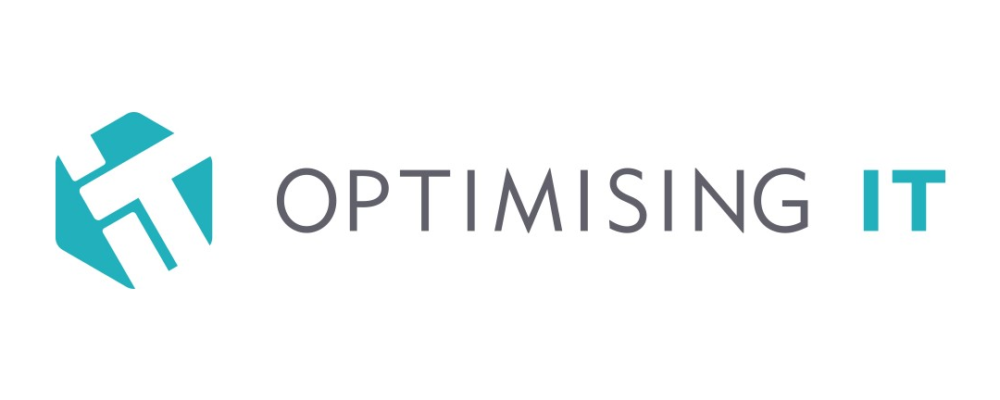In this blog, you will find out what managed IT is and the services it includes. We will also list several key benefits for why you may want to move your IT department to managed IT.
What Does Managed IT Actually Mean? Defining Managed IT
IT is continually changing, gradually evolving into more flexible and powerful services. Traditionally, IT followed the old break/fix model, where technicians would be used when modifications were necessary for repairs, upgrades or installing new systems.
This model has shifted into what is called managed IT services. These services can vary greatly depending on the provider’s skillset. Most offer at least a basic package of daily support and add-on deals such as disaster recovery. Managed IT services allow you to pass over the responsibility of managing these services to an expert third party so that you can focus on your business’s core activities.
Using managed IT services is an excellent way to streamline a business, enabling you to focus on your core business activities. Many companies find that managed IT services are a great way to scale a business, especially when a business does not have the funds or the desire to invest in the necessary IT infrastructure.
Managed IT services allow businesses to save money by not having to invest in large IT teams and managing technical staff, meaning that more funds can be targeted on key business activities. It also means leaders can focus their attention on developing their business strategy rather than fighting fires in the systems.
What’s Included in Managed IT Services?

There is a range of support packages available as part of managed IT services, including:
- IT Desk Services: These provide a single point of contact for all IT users, covering desktop, telephony, server and infrastructure support. Some advanced managed IT businesses even offer customer service interfaces that adapt based on user behaviour.
- Infrastructure Support and Management: This provides proactive management of your IT networks. Typical support includes server and network performance monitoring, threshold breaching and patch management.
- Ongoing IT Service Management: This includes reporting, service level and key performance indicators, continuous improvement, third-party management and scheduled service management meetings.
- Other Managed IT Services: Other services included in managed IT are on-site deskside support, IT service governance, and IT strategy and security consultancy guidance.
Who Manages Your Business IT?
Business IT is a significant part of every modern business. Building an IT environment from scratch, as is the case with many growing businesses, is a huge undertaking. Things rarely go to plan, with systems breaking down, applications not functioning properly, and profits dwindling.
Every minute your website or crucial IT systems are down is money burnt, customers lost, and relationships harmed. This is why, as early as possible, it is important to question if you really need to invest in building your own IT systems and hiring your own staff when you can use a managed IT service instead.
In most cases, having a managed IT service may be a better option. Even if your business is an IT company, your profits will be better spent on developing your particular products and services rather than on developing and maintaining your IT infrastructure. When you work with managed IT services, your IT systems are always maintained by experts.
Benefits of Managed IT for Your Business
User Productivity
All your staff are hired for their time. Therefore, you want that time to be used as productively as possible. Anytime your staff cannot work, your business loses money. And the same is true when they are distracted from their main activities due to having to resolve technical problems.
According to IBM, network downtime costs organisations $58,118 per 100 users. On average, employees lose 12.4 hours each year because of server downtime and 6.2 hours each year because of network downtime. However, IBM also found that organisations that implemented managed IT services reduced their server and network downtime by 85%.
Infrastructure Cost Savings
Having managed IT services allows your business to cut infrastructure expenses. This is because it prevents the need for significant IT investments to grow your business. It also prevents the need to hire expensive specialists to set up and maintain all the IT equipment.
There are also secondary savings, for example, in licensing, training and consulting. Costs that run into the thousands every year to gain operational rights, train your staff and resolve technical problems.
The same report by IBM on managed IT services found that businesses could streamline and better manage their businesses thanks to managed IT, which resulted in savings of $146,801 per 100 employees.
Immediate Expert Support
Time is money, so anything that detracts your staff from being productive, such as fire fighting IT problems, results in project setbacks and higher costs. With managed IT services, you can let the experts resolve the problems, giving you peace of mind and the freedom to focus on what really matters.
When you use managed IT, your employees won’t be hanging around for someone to fix their technical problem to continue their task. Instead, your team will be able to speak to an expert that will fix your problem and get your business back on track, often within just a few minutes.
Are you interested in streamlining your business? If you would like to offload your IT to a managed IT service, consider Optimising IT. We offer a full spectrum of managed IT solutions, freeing you and your team to work on what really matters in your business.
Author: Graham Clements, Certified Information Systems Security Professional (CISSP), Senior Consultant at Optimising IT














